Borschberg emerged red-eyed from lack of sleep to tell reporters how he had endured three days and three nights in a narrow cockpit, wired up to electrodes and filmed from all angles.
He and his 80-strong support team have to ensure not just that they can build a solar-powered aircraft capable of completing the flight around the world, but also that they have a pilot strong enough to complete the mission.
Borschberg declared the experiment a success.
“This simulation was extremely important because it has shown the strategy for the 2014 flight is viable,” he told reporters.
Borschberg founded the project with Bertrand Piccard, a famous explorer who made his name travelling around the world in a hot-air balloon.
“This is the first time each section of the team worked simultaneously in one place, for a long time,” said Piccard.
The projected tour of the world would be split up into five stages, said Borschberg.
“The longest flight segments will last up to five days and five nights and we had to make sure the pilot aboard the aircraft can survive” during these long periods, he added.
To this end, the team completely redesigned the cockpit from the previous model that last summer made a series of European flights to air shows in Brussels and Paris, making it more spacious.
The pilot’s seat can be folded so he can relax or sleep very briefly after connecting the autopilot.
A toilet is built into the seat.
He can be fed with freeze-dried meals that can be warmed up during the flight.
“We focused on gastronomic pleasure with real dishes, not tablets,” said a spokeswoman.
The team had to contend with 20 simulated approach and landings a day during the simulation, with little respite for the pilot.
To avoid cramping up, the pilot devoted himself to yoga and pilates exercises.
The pilot had to get by on on snatches of microsleep lasting only about 20 minutes and come the real mission, he will also have to be able to withstand extreme temperature fluctuations.
The first prototype of Solar Impulse made aviation history in July 2010 providing the first uninterrupted flight of 24 hours powered only by its solar panels and batteries.
Its wings were covered with 12,000 solar cells and it had four electric motors.
Construction has already started on the new device, which will be larger, with new batteries and engines.
The aircraft must be ready for its first test flight in 2013.

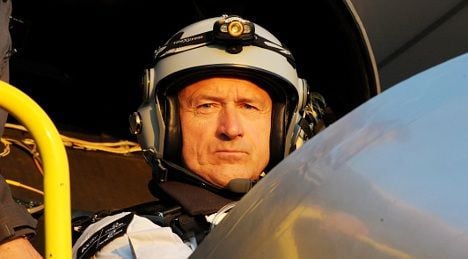
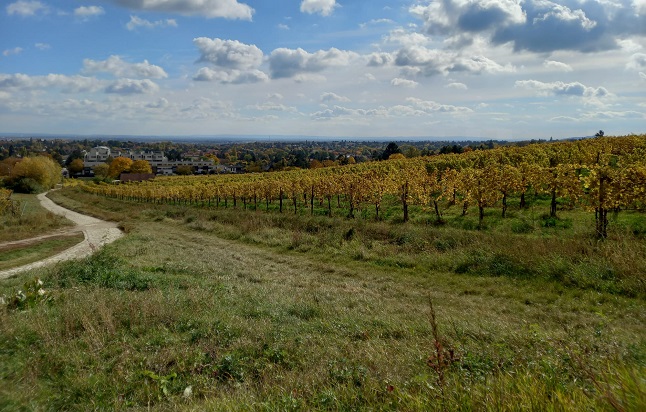
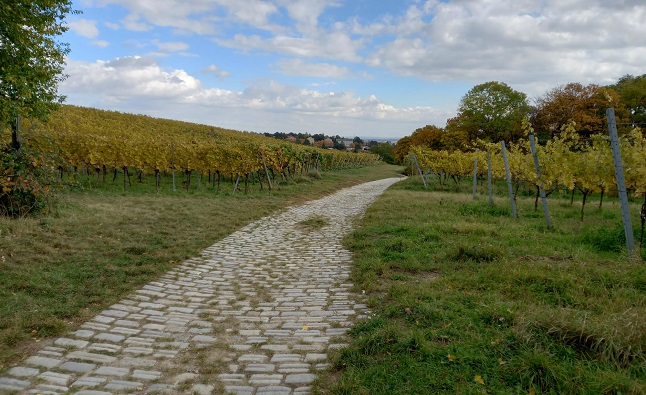
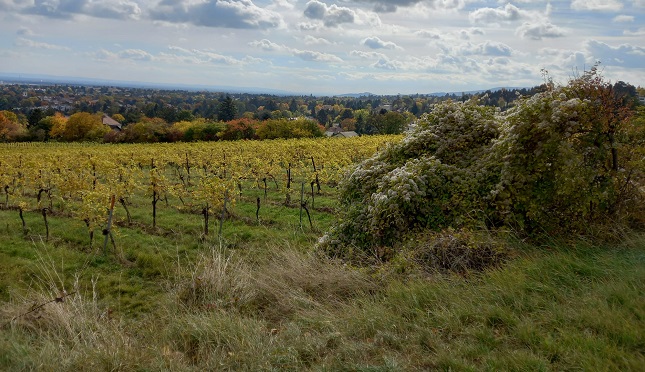
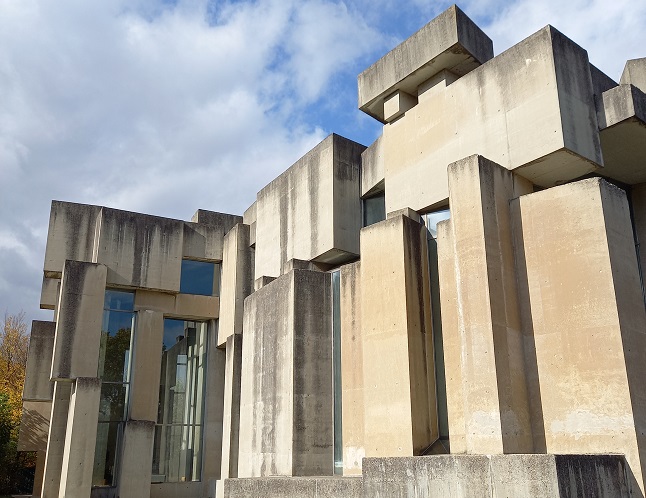
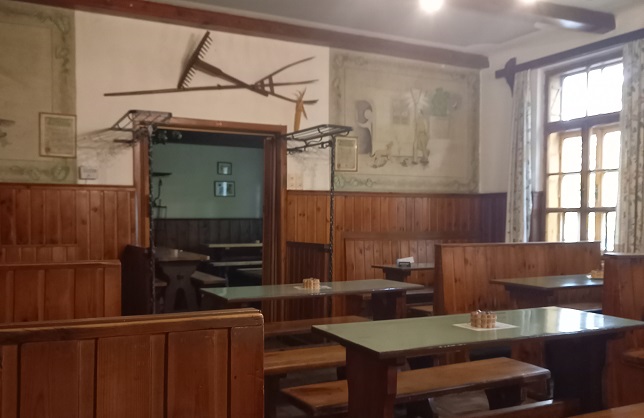
 Please whitelist us to continue reading.
Please whitelist us to continue reading.
Member comments